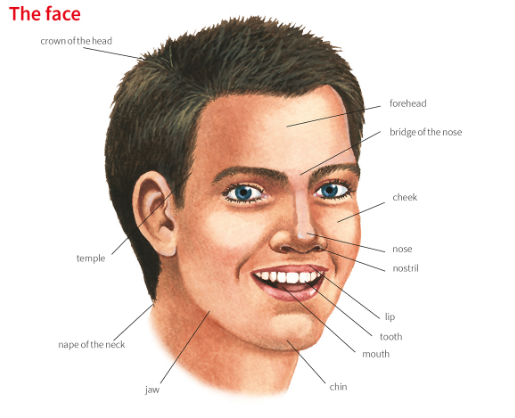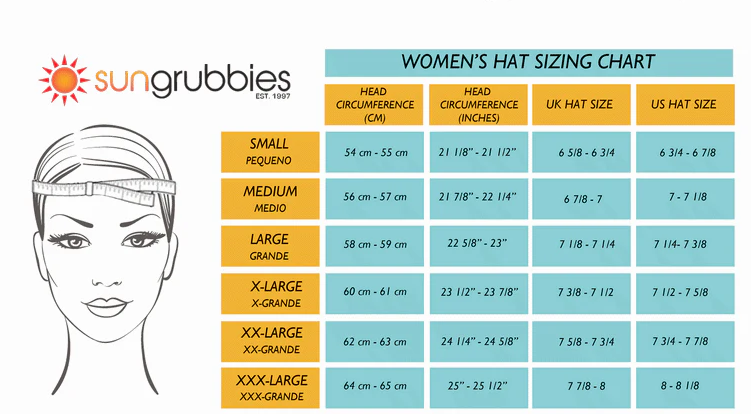Average Forehead Size: Understanding the Norms
When it comes to physical features, the size of one's forehead often sparks curiosity. People wonder what constitutes an average forehead size and how it compares to others. In this article, we will explore the concept of average forehead size, delve into the factors that influence it, and provide insights into the norms associated with this facial feature. Join us as we unravel the mysteries behind average forehead size.

Parts of human face
I. Defining Forehead Size
The forehead is the upper part of the face between the eyebrows and the hairline.
Forehead size refers to the vertical and horizontal dimensions of this facial region, commonly measured to determine the average.
II. Factors Affecting Forehead Size
1. Genetic Influences: Forehead size can be influenced by genetics, as certain traits are inherited from parents and ancestors. Genetic variations contribute to differences in forehead size among individuals.
2. Age and Development: Forehead size can change over time due to the natural process of aging and development. Infants and children may have smaller foreheads that gradually grow in size as they mature.
III. Measuring Average Forehead Size
1. Vertical Forehead Height: Vertical forehead height is measured from the center of the eyebrows to the hairline. This measurement helps determine the vertical dimensions of the forehead.
2. Horizontal Forehead Width: Horizontal forehead width is measured across the widest part of the forehead, usually at the level of the temples. This measurement provides insights into the horizontal dimensions of the forehead.
IV. Average Forehead Sizes: Gender Differences
1. Male Forehead Sizes: On average, males tend to have larger foreheads compared to females. This difference in size is influenced by hormonal factors and genetic predispositions.
2. Female Forehead Sizes: Females generally have smaller foreheads compared to males. However, it is essential to note that there is significant natural variation within both genders.
V. Cultural and Aesthetic Considerations
1. Cultural Perceptions: Perceptions of forehead size can vary across different cultures. Some cultures may consider larger foreheads as a desirable trait, while others may have different aesthetic preferences.
2. Forehead Proportions and Facial Harmony: Forehead size plays a role in facial proportions and overall facial harmony. The ideal forehead size may vary depending on the individual's facial structure and features.
VI. Understanding Individual Differences
1. Natural Variation: It is crucial to acknowledge that there is significant natural variation in forehead size among individuals. Each person's facial features are unique, and variations in forehead size contribute to the diversity of human appearance.
2. Self-Acceptance and Beauty Standards: Embracing and accepting individual differences in forehead size is vital for promoting self-confidence and challenging narrow beauty standards. Beauty encompasses a wide range of features and characteristics beyond physical measurements.

Measure forehead for determine your hat size
Average forehead size is a subject of curiosity for many individuals. Understanding the factors that influence forehead size, the measurements involved, and the cultural and aesthetic considerations surrounding it can provide insights into the norms associated with this facial feature. It is important to remember that there is significant natural variation in forehead size among individuals, and embracing diversity is essential for promoting self-acceptance and inclusivity. As we celebrate the uniqueness of each person's appearance, we recognize that beauty goes beyond standardized measurements and encompasses the richness of human diversity.